You must be logged in to post a review.
Bertrand de Guesclin – 1369
€68.00
Figure to assemble and paint
Ref.: 10 – PCA
Weight: 150 grs.
Material: White Metal
Number of Pieces: 13
Historical Review:
BERTRAND DU GUESCLIN – 1369. REF. 10 – PCA
A mercenary of Breton origin, he was born in La Motte-Bron, near Dinan, in 1320, and died in Chateauneuf de Riandon in 1380. He belonged to the lower nobility of Brittany, so he soon had to dedicate himself to a career in arms professionally. He could neither read nor write and had a violent temper. His participation in tournaments and combat matches earned him a well-deserved reputation as a warrior. His military career began fighting alongside Charles of Blois, in the latter’s confrontation with John of Montfort over the ownership of Brittany. By that time, Du Guesclin was already an entire army of adventurer soldiers and mercenaries under his command, made up of Bretons and Englishmen who fought only for a salary and not for national interests.
In 1357, he was knighted and placed under the command of King Charles V of France. He was sent to fight against the Navarrese armies of Charles the Bad and achieved a crushing victory at the Battle of Cocherel in 1364. That same year, at the Battle of Aurai, he was defeated and taken prisoner by English troops. The French king paid a large ransom (100,000 francs) for his life.
Once peace was signed between Navarre and France, Du Guesclin’s White Companies were left unoccupied, which posed a serious problem for the security of the kingdom, as the troops, unoccupied, razed and plundered the towns in their path. To solve the problem, the French king sent Du Guesclin and his mercenaries to the service of the pretender to the Crown of Castile, Henry of Trastamara, who was engaged in a fratricidal war against his half-brother, the legitimate king, Peter I. Before crossing the Pyrenees, Bertrand Du Guesclin and his White Companies had time to sack the papal see of Avignon.
In 1365, Du Guesclin entered the city of Barcelona, where he was received by the Aragonese king, Peter IV the Ceremonious, who named him Count of Borja, including the jurisdictional lordship of the town. The Aragonese king was allied with the pretender to the Crown of Castile to overthrow the king of Castile, who was in direct opposition to him. Du Guesclin accompanied Henry of Trastámara on the various raids he made into Castile. The campaign was a pure triumphal ride for the pretender’s ranks. Henry discharged the bulk of Du Guesclin’s troops, and was left with only a small group, including Du Guesclin himself. Henry proclaimed himself king of Castile in the city of Calahorra on 16 March 1366, and in early April of the same year he entered Valladolid, where he was crowned king. But in 1367, the legitimate King Peter, aided by the English commanded by Edward, the Black Prince, the first-born son of Edward III, confronted Henry II’s troops at the Battle of Nájera, where the pretender was soundly defeated. Henry II was barely able to escape, aided by Du Guesclin himself, who was again taken prisoner by the English and later released after payment of a heavy ransom.
Due to the disagreements between Peter of Castile and the Black Prince, Henry II was once again able to raise a large army. Du Guesclin was once again in the ranks of Henry of Trastamara. Both surprised King Peter’s camp located in the town of Montiel. The king, faced with this adversity, had to take refuge in the castle of the town with his decimated host. Du Guesclin betrayed the confidence of King Peter, who was in dire straits, by promising to facilitate his escape from Montiel. The king was tricked and delivered into the hands of his half-brother. It seems that there was a melee between the two, but when Peter had his half-brother at his mercy, Du Guesclin turned the tables on him, uttering the famous phrase ‘I neither remove nor set up a king, I only serve my lord’. The regicide was consummated and a new dynasty, that of the Trastamara, was established in the kingdom of Castile.
Henry II, later known as the Merciful, once he ascended the throne, greatly rewarded all those who helped him achieve it. Bertrand Du Guesclín was generously rewarded with the lordship of Molina, Soria, Atienza, and Almazán. Du Guesclín continued to fight alongside Henry until 1370, when he returned to France, taking his mercenaries with him. That year, he was appointed Constable of France.
Du Guesclín represented a new way of understanding medieval warfare and behaved like a true professional soldier. In France today, he is considered a national hero, just as El Cid is in Spain.

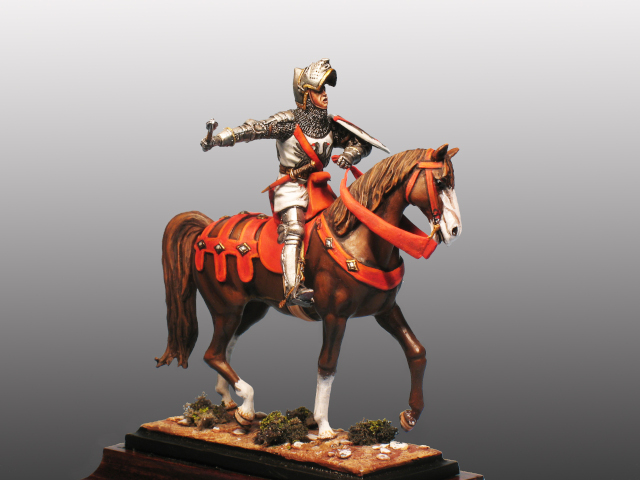
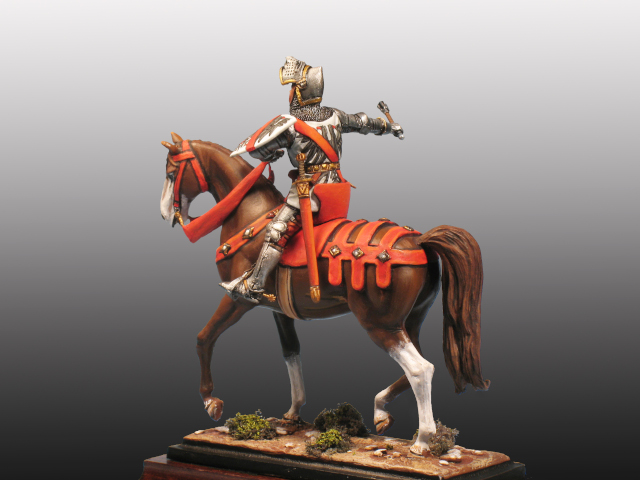


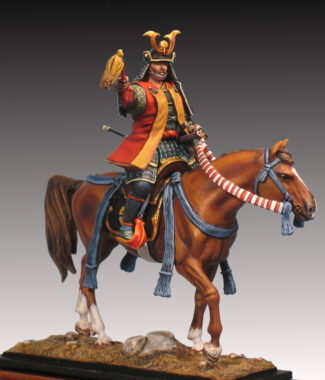
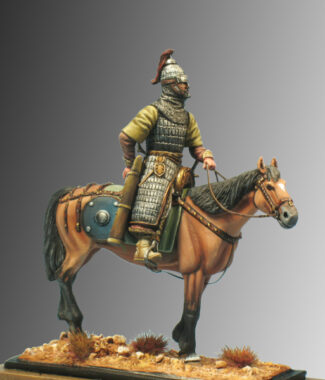
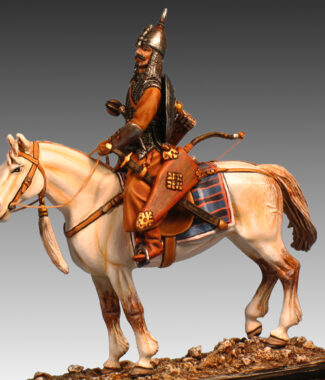
Reviews
There are no reviews yet.